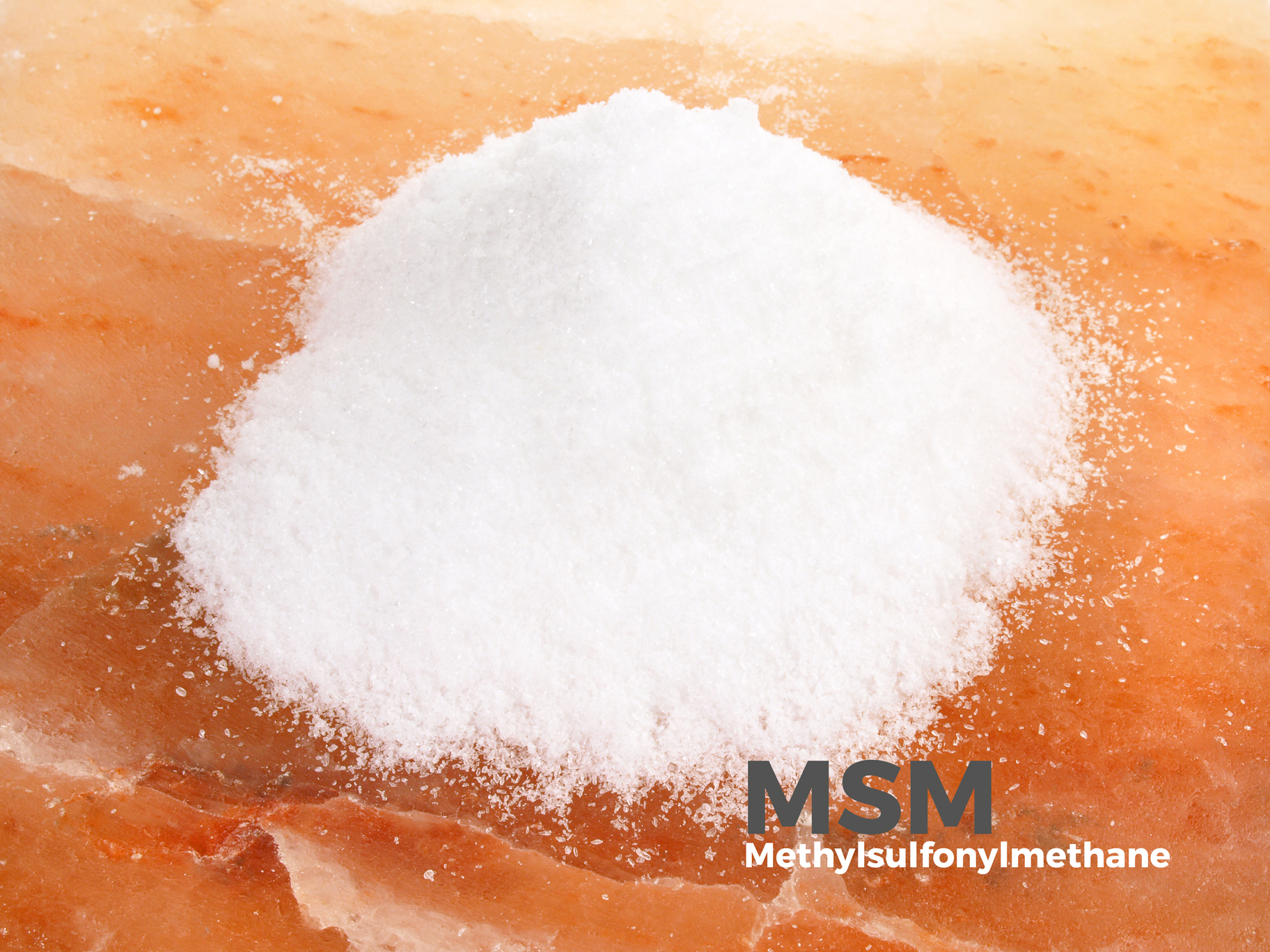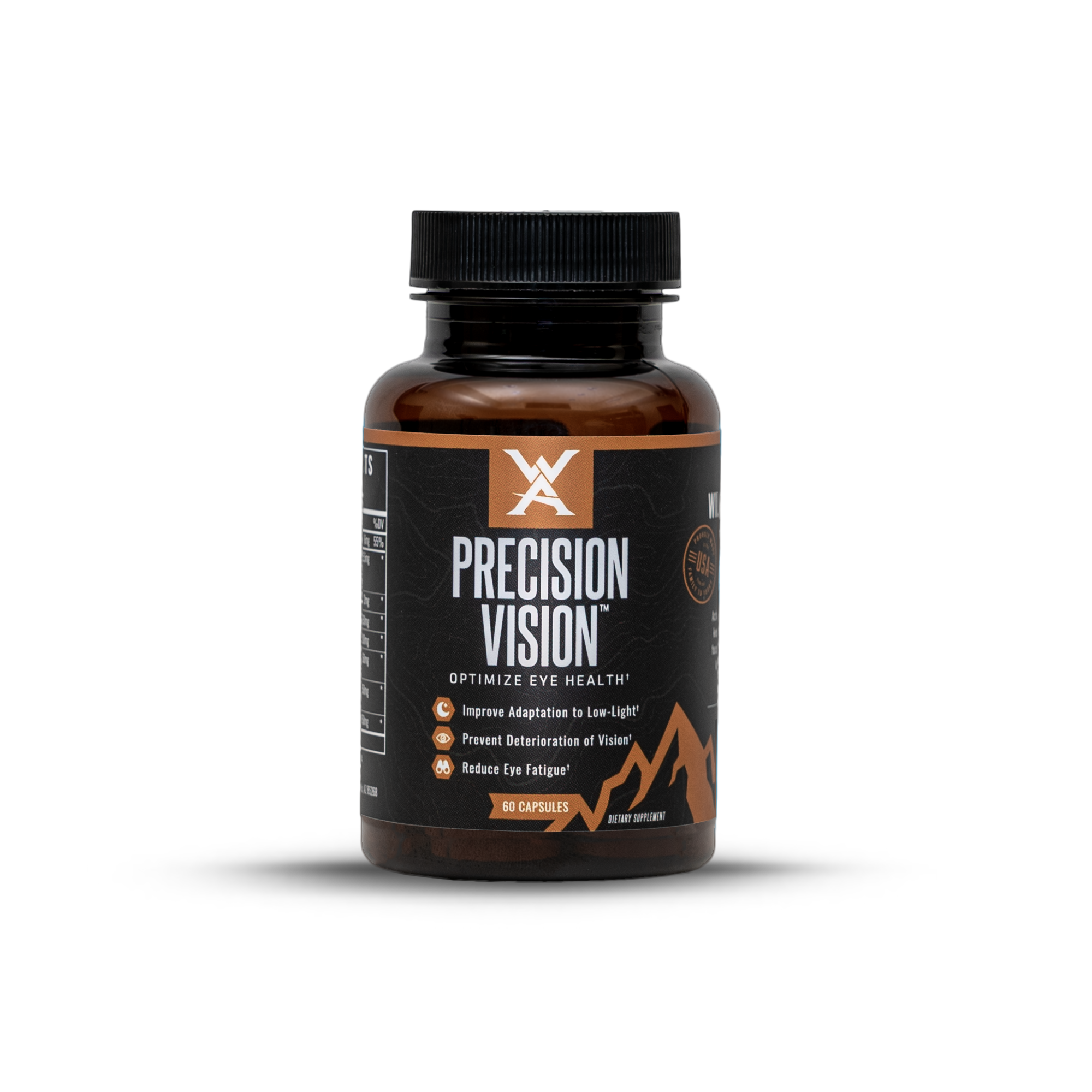One cannot fully understand my alarm arising from a phone call I received in my workplace office. It was from the manager of the medical center animal care facility. On an extremely hot day in the summer, the air condition system had failed; and the majority of my special rats under study had died. What was the background for all this? After I had written the USA safety reports concerning a dietary supplement called astaxanthin for a Japanese chemical firm, they had contracted through the university for my laboratory to examine the ability of this supplement to favorably prevent and/or treat the metabolic syndrome composed of such components as obesity, type 2 diabetes, high blood pressures, and dyslipidemias like high triglyceride and cholesterol levels.
Astaxanthin, the red color of salmon and heated lobster shells, is a carotenoid like beta carotene with powerful antioxidant properties.
We had been feeding the supplement for six weeks to a unique group of specially bred obese rats (Zucker Fatty Rats) that have a proclivity to develop diabetes. The rats had been divided into four groups: a control; another receiving captopril – a medication which might give a favorable response; and two final groups receiving low (Lo) and high (Hi) doses of astaxanthin. The amount given to the rats was estimated to approximate human dosing.
Although the animal facility through their insurance would replace these expensive, genetically obese rats, a lot of time would be lost before we could restart the study with new material. In questioning the people in the housing facility, I found that I was the only investigator to lose rats from the excess heat but did have some survive. Being fat and diabetic prone, my rats were the most susceptible to heat. Eventually through the help of a technician more precise information became available.
Specifically, on the 42nd day of the research protocol, the temperature of rodent quarters rose from the normal 72 degrees F to the range of 86-89 degrees F. It was estimated that the rats were exposed to this elevated temperature for 5-6 hours. By the time the rats were removed from the heat, only approximately one-third of the control (4/12), captopril (4/11) and Lo Asta (4/12) groups survived. In contrast, all rats in the Hi Asta group lived (11/11).
It was primarily because of the entire survival of the last group that I postulated that astaxanthin could overcome heat stress. Later, we also found that the supplement could ameliorate other forms of stress as well. Based on these findings, the university was awarded a patent concerning the role of astaxanthin in heat stress. The patent was eventually used by an Israeli group to defend against heat stress.
With additional knowledge that astaxanthin could overcome eye fatigue, it appears very possible that astaxanthin would be ideal for athletes having to use their eyes under high-temperature conditions – tennis players, golfers, baseball and softball teams, and hunting/fishing enthusiasts. We went on to finish the original research design on astaxanthin with a new set of fatty rats, and I will share the findings in the next article.
Dr. Harry G. Pruess

To read Dr. Harry Preuss’ biography, awards & achievements, click here!
Preuss HG, Echard B, Yasmin T, Bagchi D, Perricone NV, Yamashita E: Astaxanthin lowers blood pressure and lessens the activity of the renin-angiotensin system in Zucker Fatty Rats. Journal of Functional Foods 1:13-22, 2009.
Preuss HG, Echard MT, Bagchi D, Perricone NV: Effects of astaxanthin on blood pressure and insulin sensitivity are not directly interdependent. Int J Med Sci 8:126-138, 2011.
Kim SH, Kim H: Inhibitory effects of astaxanthin on oxidative stress–induced mitochondrial dysfunction—a mini-review. Nutrients 2018 Aug 21;10(9). pii: E1137. doi: 10.3390/nu10091137






